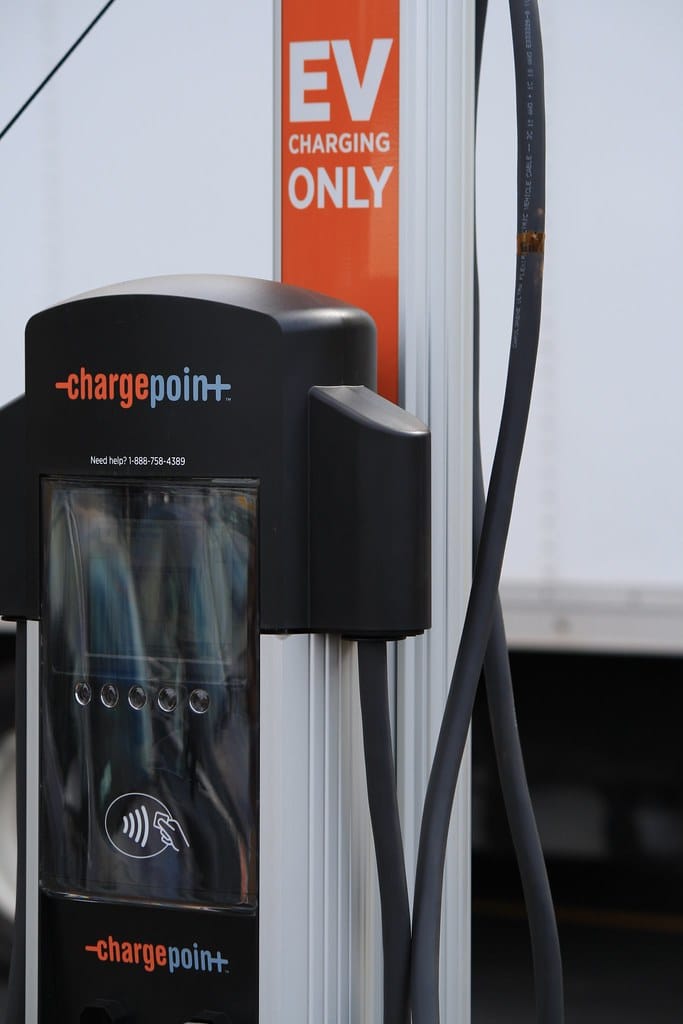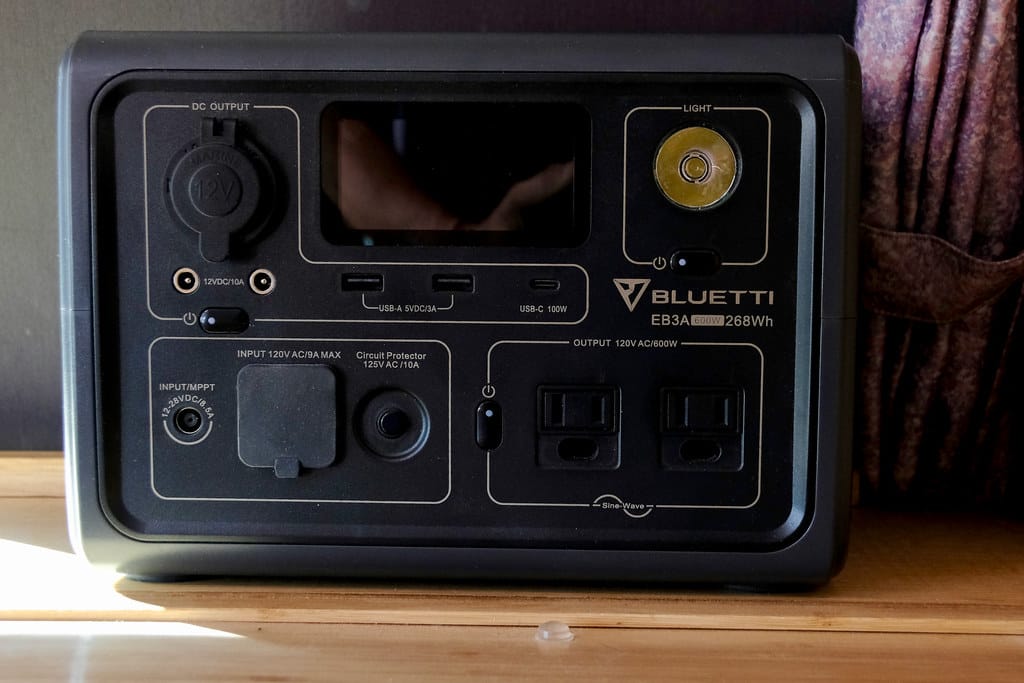America's Electric Car Charging Revolution: Finally Getting It Right?
For years, American electric vehicle owners have faced a frustrating reality: finding a working charging station often felt like a treasure hunt with no guaranteed reward. But as 2024 unfolds, a dramatic transformation is reshaping the nation's charging infrastructure, potentially marking the turning point EV advocates have long awaited.
The Great Charging Awakening
The numbers tell a compelling story. According to the Department of Energy, the United States now boasts over 65,000 public charging stations—a 40% increase from just two years ago. More importantly, the reliability crisis that plagued early charging networks is finally being addressed through massive federal investment and industry consolidation.
The $7.5 billion National Electric Vehicle Infrastructure (NEVI) program, launched as part of the Infrastructure Investment and Jobs Act, is beginning to show tangible results. States have started deploying funds to create a nationwide network of fast-charging stations along major highways, with requirements that chargers maintain 97% uptime—a stark contrast to the spotty reliability of earlier installations.
Tesla Opens the Floodgates
Perhaps the most significant development came in 2023 when Tesla announced it would open its Supercharger network to all EV brands. This decision effectively doubled the number of fast-charging options for non-Tesla drivers overnight. Major automakers including Ford, GM, and Mercedes-Benz have committed to adopting Tesla's North American Charging Standard (NACS), creating unprecedented standardization in what was previously a fragmented market.
"This is the iPhone moment for EV charging," says Sarah Chen, automotive analyst at BloombergNEF. "Tesla's network was always the gold standard, and now everyone gets access."
Beyond Tesla: The Competition Heats Up
While Tesla's move grabbed headlines, other charging networks haven't stood still. Electrify America, backed by Volkswagen, has invested heavily in reliability improvements, reporting a 25% increase in session success rates over the past year. Meanwhile, EVgo and ChargePoint have expanded rapidly, focusing on urban areas and apartment complexes where many Americans actually need charging most.
The private sector is also stepping up. Walmart, Target, and Kroger have accelerated charging station installations at their locations, recognizing that EV charging can drive customer traffic and loyalty. These partnerships are crucial for the 40% of Americans who live in apartments or condos without access to home charging.
State-by-State Progress
California continues to lead with over 15,000 public charging stations, but other states are catching up fast. Texas has tripled its charging infrastructure in two years, while Florida's network expansion supports its growing EV tourism market. Even traditionally car-dependent states like Arizona and Nevada are seeing rapid charging network growth along major interstate corridors.
The federal requirement that NEVI-funded stations be located within one mile of interstate highways and no more than 50 miles apart is creating the coast-to-coast charging backbone that was missing for the industry's first decade.
Challenges Still Remain
Despite this progress, significant hurdles persist. Rural areas still face charging deserts, and many existing stations still suffer from maintenance issues, broken payment systems, or inadequate customer service. The electrical grid itself needs substantial upgrades to handle increased demand, particularly during peak hours.
Cost remains another barrier. Fast-charging sessions can cost $15-30, making long-distance EV travel expensive compared to gasoline vehicles. However, many charging networks are introducing subscription models and partnerships with utilities to reduce costs for frequent users.
The Road Ahead
Industry experts predict that 2024 will be remembered as the year American EV charging came of age. With federal funding flowing, Tesla's network opening up, and competition driving innovation, the foundations for mass EV adoption are finally being laid.
The transformation isn't complete—experts estimate America needs 1.2 million public chargers by 2030 to support projected EV sales. But for the first time since electric vehicles entered the mainstream, the charging infrastructure appears to be ahead of demand rather than desperately trying to catch up.
For prospective EV buyers who've hesitated due to charging concerns, the landscape is shifting rapidly. While challenges remain, America's charging revolution is finally delivering on its long-promised potential.

